
The most complete common sense of lead-acid battery purchase helps you make your choice easier
2021-10-15 16:35Lead-acid battery is still the largest battery product in the world due to its mature production technology, wide operating temperature range, high safety and low cost.
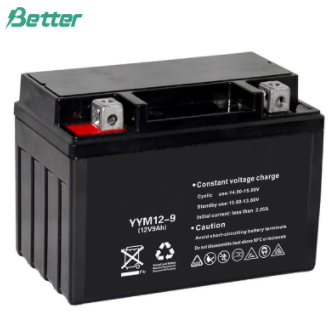
When we purchase lead-acid batteries, it usually includes instruction manual, but most people did not read carefully or strictly follow the instructions to use, which cannot be guarantee the capacity and life of the battery.
In fact, you need to pay attention to the following points when purchasing lead-acid batteries:
1. Pay attention to the appearance of the battery whether there is deformation, cracks, scratches, leakage, whether the production date is recent, whether the product has "QS" certification mark (battery is the national production license certification products).
2. Pay attention to the rated capacity of automotive lead acid batteries. The lager the marked rated capacity, the longer the battery discharge time. Do not buy unlabeled automotive batteries, and check whether the battery is for electric vehicles.
3. Don't overload the use of electric vehicles. Generally, the design load of an electric vehicle is 75kg, for a single rider. Overloading will cause the battery to discharge with high current for a long time, which will damage the battery, and shorten the battery life.
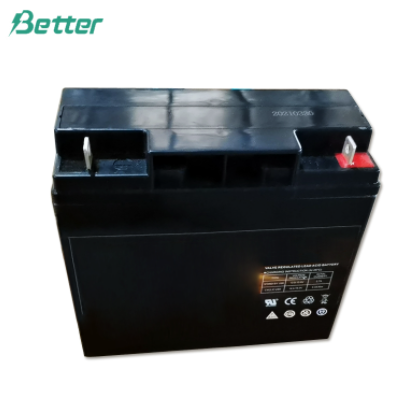
Lead-acid battery charging method
Three commonly used charging methods for lead-acid batteries:
1. Pulse charging
Pulse charging is a simple and economical method. The low-voltage AC output from the transformer secondary is rectified into pulsating DC (not filtered) to charge the battery. This method has a large charging current and a fast charging speed. The disadvantage is that when the grid voltage fluctuates, the charging current also fluctuates, which will cause battery damage easily due to high charging current, rising battery temperature, and large electrolyte loss. Therefore, this method is rarely used in maintenance-free sealed lead-acid batteries.
2. Charge with constant current
In order to prevent too high temperature rise in the battery and too much electrolyte loss, the charging current is adjusted to be relatively small, and the charging time is longer. On the other hand, long charging time will cause overcharging. In order to prevent damage to the battery due to overcharge, an additional overcharge detection or timing circuit is required.
3. Constant voltage charging
Constant voltage charging theory and practice have proved that constant voltage charging is safe when the charging voltage is lower than the upper limit of the charging voltage. Even if the charging time is long, it is not dangerous. If necessary, the battery can still work in a floating state.
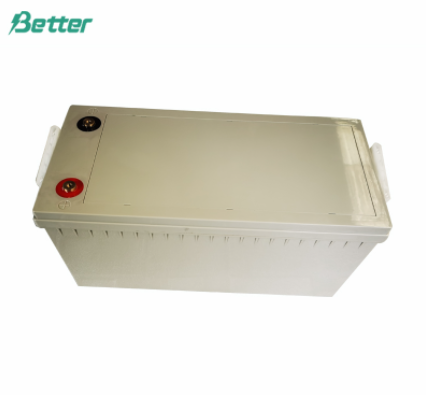
Common sense of battery purchase
1. How to purchase good batteries?
Choose a reputable manufacturer or brand
Check specifications for compliance with relevant standards
2. What is a dry-charged battery?
The positive and negative plates are charged in acid tanks. A dry, recharged plate is assembled into the battery container. The battery will be activated and usable by the addition of dilute sulfuric acid, which will provide a steady current.
3. What is a flooded battery?
The battery is assembled with uncharged plates in the factory, and the battery is charged after filling the dilute sulfuric acid.
4. What are the components of the battery?
The battery is composed of PP material battery container, cover and vent cap, positive and negative plates, separators, lead parts and dilute sulfuric acid.
5. What is CCA?
CCA is short for Cold Cranking Ampere, refers to low-temperature starting current, which is a data used to indicate how much current a battery can provide to the starting motor in a certain period of time. The International Battery Industry Association (BCI) defines CCA as "a brand new fully charged battery that is discharged for 30 seconds under the condition of 0℉(-17.8℃) and the single cell voltage is maintained at 1.2V and above.
6. What is the reserve capacity?
A battery shall provide enough energy for ignition, lighting, etc. When the car charging system stops working, the reserve capacity is defined as a brand new fully charged battery that can discharge at 25A under 80℉ (26.7℃) conditions and maintain a single cell voltage of 1.75V and above Minutes of discharge.
7. How to choose the right battery for your car?
The best way is to consult the owner's guide to understand the correct size and minimum parameter requirements. If this is inconvenient, you can inquire about the car model, battery model, year, recommended size and specific parameters in the battery application guide.
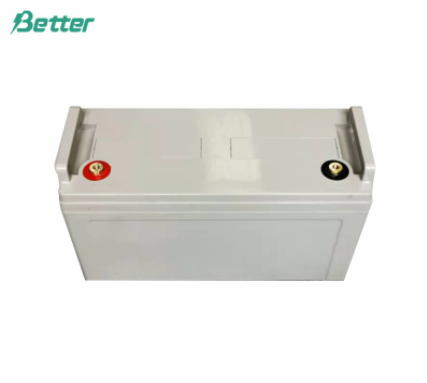
8. How to maintain the battery?
If necessary, clean the battery pole and water cap. A clogged water cap can cause the battery to explode. Check the water level of each cell and replenish it. Use replenisher or distilled water with deionized and other chemicals. Polluted water will seriously reduce the service life and energy of the battery. Do not add too much fluid to avoid spilling out. Sulfuric acid will corrode your car's paint and other metal parts.
9. What are the precautions when charging the battery?
No matter whether it is fully charged or not, always handle the battery carefully. All lead-acid batteries contain highly corrosive sulfuric acid and produce explosive gas. You must be vigilant when charging the battery.
-Charge the battery in a well-ventilated area
-Connect the red color positive charging connector to the positive terminal of the battery, and the black color negative charging connector to the negative terminal of the battery
-Ensure that allconnections are firm and safe
-Turn off the charger before connecting to the battery to avoid dangerous sparks. (The same operation should be performed after charging.)
-Do not try to charge a damaged or frozen battery.
-Do not allow the battery to overheat or extend the charging time.
-Read and understand the charger manual carefully before using the device.
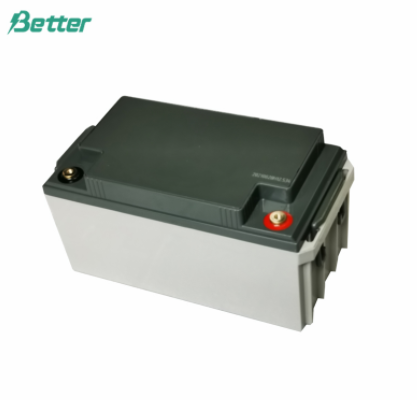
10. How do I know it is time for you to replace the battery?
The warning messages that the battery needs to be replaced or the power system needs to be checked include:
-The speed of the starter motor is reduced or stopped.
-After the engine is ready to run, the dashboard shows that the battery "discharge" time is extended.
-The battery's energy reduction speed increases in a cold environment or when the starting time is prolonged.
-The headlights are not bright enough in the idle state.
In many cases, the situation is not obvious. If you suspect that the battery is broken, it is prudent to do a load test or replace it.
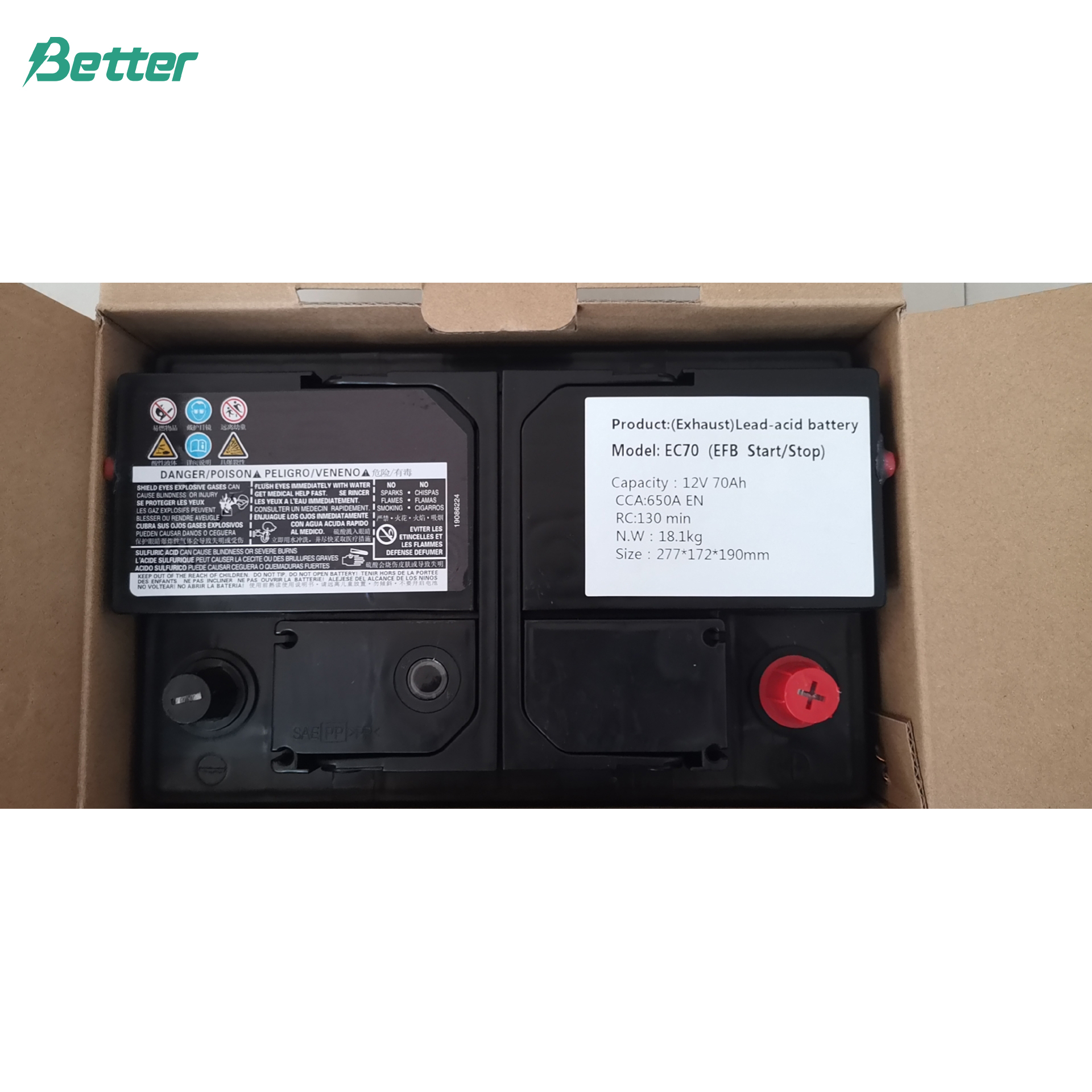
11. How long is the battery lifetime?
The life span of the battery varies significantly depending on the model, the region, and the driver's driving style. The battery is designed to carry out more than 200 cycles. Part of the cycle life will be consumed every day or every start. A normal lead-acid battery can have a life cycle of 18-30 months.
12. How to prevent new battery from running out?
Take the following precautions to prevent the battery from running out:
-When the engine is not running, the radio, power unit and all front lights must be turned off.
-Check the generator regularly. A damaged or loose belt will not be able to fully charge the battery.
-The circuit system is not working properly, any short circuit will drain the battery.
